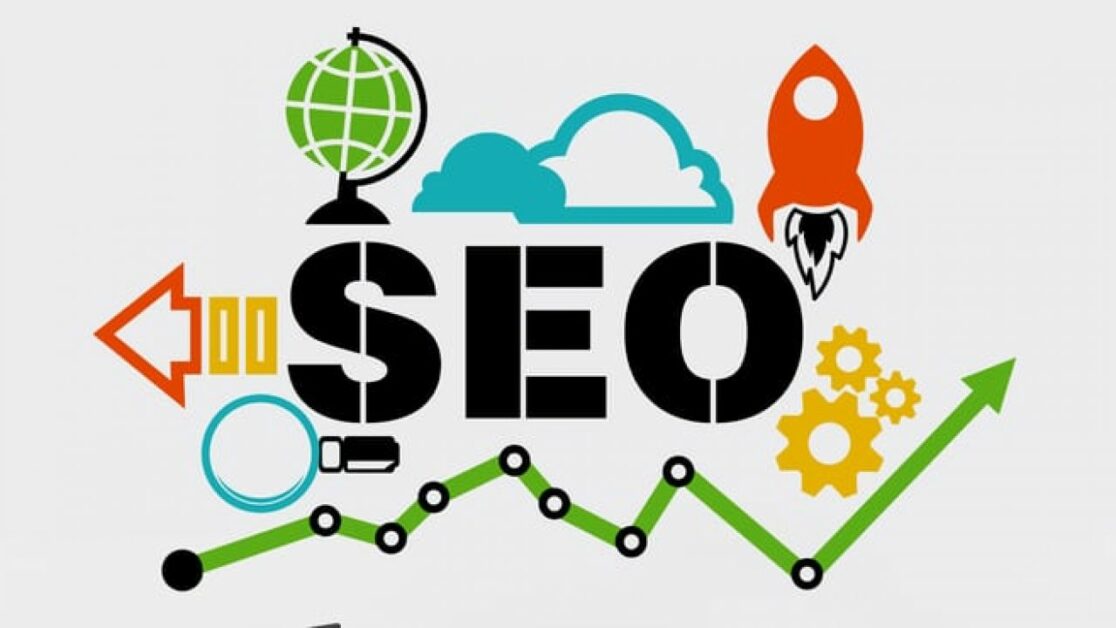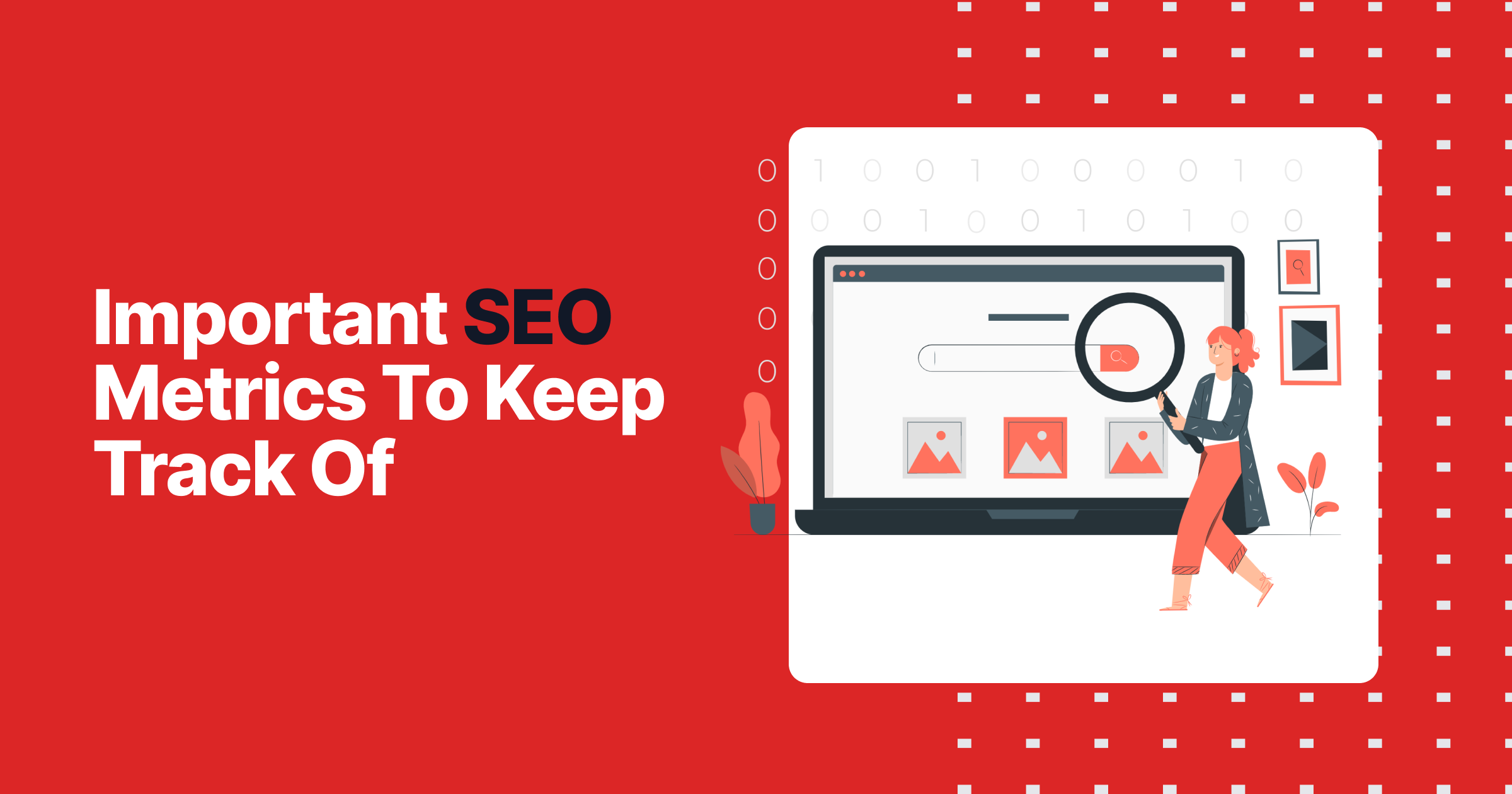
Optimizing the title of your blog is not enough to get a high ranking in Google. The web crawler wants to find keywords within your content, and a basic SEO strategy will make it easier for Google to index and display your content. Headings are another area you should focus on when optimizing your blog for SEO. These are important for readers to move through your content and search engine crawlers to see the hierarchy of what they are reading. Headings should include keywords and phrases at each section's beginning, middle, or end.
Meta description
When writing your meta description for SEO blog, make sure to use an organic tone. Your meta description should answer a user's question and highlight your high-quality content. Avoid spammy websites. Remember the golden rule of writing for people, not robots, and you'll receive more clicks as a result. Here are some helpful tips for writing compelling meta descriptions.
Make it interesting: Use your main keyword in your meta description. Google does NOT count your meta-description when indexing your webpage, but it does help to grab a user's interest. It is important to keep your meta description between 140-161 characters. Make sure you bold the most important words. A call to action should be included in the description, such as a link that takes you to your website. A good meta description also has an appealing call to action.
Your meta description can be used to promote your company. It's a great way for users to pay attention to your company and convince them to click the link. High-quality meta descriptions will improve your website's visibility and drive more sales. To encourage users to act, the meta description should end with a call-to-action. If your description is too long or contains outdated information, your meta description may be useless.
A meta description, in addition to making your site more readable and easier to read, can help increase click-through rates. When used correctly, the meta description can increase your organic traffic and improve your rankings. Google's search engine result pages play a minimal role in your meta description. If your meta description does not meet the required standards, your page could be ranked on Page Four instead of Page One. If your blog has a low click-through rate, it is still worthwhile to add a meta description.
Keywords in title
Your SEO blog posts will be more effective if you include targeted keywords in the titles. Keywords in the title will let you know the direction and likelihood of your content reaching your target audience. Search engines summarize web pages according to the keywords used in the content. These crawlers can use improved technology to assess the quality of content. For better search rankings, make sure to include keywords in your titles.
Crossfit training or crossfit gyms are good keywords to use if you own one. Be sure to only use one keyword in each article. Too many keywords in a single article can appear spammy to search engines. This makes your content less useful to your readers. Articles that use long-tail keywords will rank better than those with shorter-tail keywords. These phrases can help you rank higher for a keyword in Google.
Your title should not exceed 60 to 70 characters. Title tags should contain the keyword focus as close as possible to the beginning. The benefit that your post provides should be conveyed by your chosen keyword. Keyword stuffing and boilerplate titles can be dangerous. Google warns against keyword stuffing. It is important to include a strong focus keyword in the title. Your audience should also be able to understand your content.
Putting your keywords in the title is just half the battle. Your title for your article should not exceed 60 characters (or 575 pixels). Make sure your title lives up to the promise you promised in the title, and make it easy for people to scan it and read. SEO is all about planning. Your title should be as effective and informative as possible.
Internal links

There are many ways to improve the search engine optimization (SEO) of your website or blog. Use internal links to direct users on your website to different pages. These links could lead to different product pages, or other content. This not only improves the user experience but also boosts search performance. You should remember that backlinks are not the same thing as internal links and readers won't be able to find them themselves. But using internal links in the right places is one way to achieve this.
SEO-friendly SEO tips include adding internal links to your blog. This will help you attract and keep readers. Most sites add different styles to their links, so it is important to choose the right words and anchor text when implementing a link strategy. In addition to using relevant words, internal links can help increase your reader's attention and get them to stay longer on your website. Internal links should point back towards relevant content and offer users a solution.
Internal links should always point to the main keyword. Google won't penalize you for using exact match anchor text. However, it is unlikely that Google would. It shouldn't be keyword-stuffed. You should not manipulate your anchor text in order to improve your rankings. This is against Google's webmaster guidelines. This tactic is more effective that you might think.
Another way to optimize internal links is to create content on topics related to your core service. For example, a landscaping company in Columbus generates 390 searches a month, far less than the search volume for the phrase "best smartphone." Your SEO efforts can be improved by strategically including links to internal pages in your blog posts. You can do this by anticipating what questions your users might have while browsing your website.
Schema markup
To increase search engine rankings, you can include schema markup in blog posts. To create schema markup, visit Google Structured Data Markup Helper. You simply need to enter the URL for your website, select a category, then copy and paste the HTML code. This tool creates a tag manipulator as well as a rendered page in new windows. You can then click on individual elements to tag them.
There are three types of schema markup: NewsArticle, TechArticle, and Microdata. Depending on the content of the post, each type may have a different set flags. NewsArticle is a category for articles that relate to current events. TechArticle may have flags that indicate the technical content of the article. An example of this is a HowTo article that may include flags that indicate the technical level of the author, the program used and any dependencies.
Google has made it easier to create schema. It allows you tag data and shows similar content in search results. Schema markup is a good way to increase brand awareness. If you are a small business with a local address, schema can be used to advertise your business. The schema can also be used to promote your business and events. Schema markup can be used in SEO blog posts for many benefits. Check out these links if you're not sure what to do.
You can use schema to optimize the content of your website. The markup allows search engines to understand the various elements of a website. Schema markup can be used to identify ingredients, instructions steps, and ketogenic diets if you blog about food. You can also use schema for your review blog. You can also use schema to help your review blog rank higher in search engines.
Copyright for the image

You must get the permission of the owner before using any image on your SEO blog. Images from PR agencies are not shared on their websites and may not be available for you to use. For information on who the owner of the image is, contact them directly. The owner of the image is often more than happy to grant permission. These are some tips to help ensure you follow the law.
Do not use Google images. Before you use an image on your blog, contact the original owner. Google allows for image searches, but you must obtain permission to use them. If you're having difficulty finding the image you want, you can request permission from the page hosting it. This will ensure that you're not violating any copyrights. The difference between a successful SEO website and one that is blocked by search engines can be made with image copyrights.
You should ensure that you check the copyrights for any image that you plan to use on your blog. It's illegal to use images from Google Images. Stealing images without permission is a discrediting act that exposes you to legal repercussions. If you have permission from the owner, you can use fair-use or public domain photos. Consult an intellectual property attorney if you have any questions.
Images used in SEO blogs should be the same author and have the same attribution. Photos that are funny or creative will be more likely to get used for SEO purposes. However, you should always read the terms of the license. Some images are available for free but have certain restrictions. Do not use images without permission from the author. You could be charged with copyright violation if the author is not royalty-free. A lawsuit could be filed against you, which can lead to significant financial losses.
FAQ
Google Adwords is a great way to increase sales.
Google AdWords, a popular tool for marketers looking to promote their products and/or services online, is very popular. Users click on sponsored adverts and visit the sites associated with those ads. This can help businesses generate sales leads.
What are the best tools for on-page optimization?
The best tools for on-page SEO are video embeds, image alt tags, structured data markup, and internal link structure. You can learn more about these types of issues in this article.
How Long Does It Take To See Results From PPC Advertising?
Paid searches take longer than organic results, because they have no natural flow. Searchers expect to see relevant results at the top when they are searching for something. Paid search results have to be more convincing to convince people to spend money on advertising on their site.
Where should my website be located?
Your website needs to be found at the top results page of search results. This means it should appear at the top of each search result. Some searches can have hundreds of pages. How can your website compare to these competitors?
Why SEO strategy matters?
The main goal of search engine optimization (SEO) is to increase traffic to your site by getting as many people as possible to find you when they use Google.
Search engines like Google, Yahoo! and Bing store information about websites on servers known as crawlers. These crawlers send the data back to the central database. This allows them to index web pages and make search results.
If your website appears high in the results, more people will click on your link and visit your page. If you're not visible in these searches, your website won't be found.
The most effective way to ensure your site gets noticed is to rank highly in all the major search engines. There are two main methods to achieve this: paid advertising or natural organic links.
Paid Advertising - Paid advertising includes buying adverts from companies who pay-per-click online ads to appear above other sites in search results. These ads include banner ads (text ads), pop-ups, widgets for e-commerce, and others.
Natural Organic Links: These are links where you have created a great site over time, and gained trust from your industry. Link building takes place naturally. This can be done through blogging, guest post, commenting, linking, and many other activities.
To stay ahead of the game, you must invest continually in both forms of marketing.
Do I require a digital marketing company?
Realize that you need extra support for your business before it is too late. A digital marketing agency can provide professional services for small businesses like yours. They're experts at promoting your company online.
They can help you with everything, from creating a strategy to implementing it, through managing social media accounts and analytics.
How Often Do I Need to Update My Website?
It is possible to improve your site's ranking by regularly updating it. However, this is not always necessary. You don't necessarily need to keep it updated if you have already created quality content.
Statistics
- Which led to a 70.43% boost in search engine traffic compared to the old version of the post: (backlinko.com)
- And 90%+ of these backlinks cite a specific stat from my post: (backlinko.com)
- : You might have read about the time that I used The Content Relaunch to boost my organic traffic by 260.7%: (backlinko.com)
- Sean isn't alone… Blogger James Pearson recently axed hundreds of blog posts from his site… and his organic traffic increased by 30%: (backlinko.com)
- 93%of online experiences today begin on search engines. (marketinginsidergroup.com)
External Links
How To
How do I create my first blog?
It's simple! WordPress is a powerful tool for creating blogs. Users can easily edit the appearance of their blogs by adding themes, changing fonts and colors, and customizing the layout. You can also use plugins to change the appearance of your website based on visitor activity.
There are many free templates you can download from WordPress.org. You also have the option to purchase premium templates. Premium templates have additional features, such as more pages, extra plugins and enhanced security.
After you have downloaded the template, you will need to sign up to a free hosting account to upload your files to your blog and manage it. There are many hosts that offer free accounts. However, there may be restrictions on how much storage you can use, the number of domains you can host, or how many emails can you send.
If you plan to use more domain names, you will also need to purchase separate email addresses. Some hosts charge a monthly fee for this service.
You may be wondering why anyone would pay for a blog to be hosted online if you are new to blogging. Hosts offer unlimited storage space. This means that files can be saved indefinitely and won't be lost if they're accidentally deleted.
Many hosts allow users to host multiple domains. This means you can have multiple sites with the same hosting package. This allows you to sign up for only one email account and manage all your sites via one interface.
Some hosts have social media sharing buttons built into their dashboards. This allows visitors to quickly and easily share content across the internet.
You can usually manage your blog through the tools offered by hosting providers. You can check your site's performance statistics, see how many visitors each post has received and compare your traffic to similar blogs.
These tools will make managing your blog much easier and more efficient. It's worth looking at before you decide on a hosting plan.
To sum up:
-
Choose a topic relevant to your business;
-
Create engaging content;
-
Optimize your site using SEO techniques;
-
Promote your site using social media channels;
-
You can monitor your statistics and make adjustments if necessary.
-
Finally, don't forget to update your blog frequently.
You should create high-quality content, market it effectively, and monitor its success.